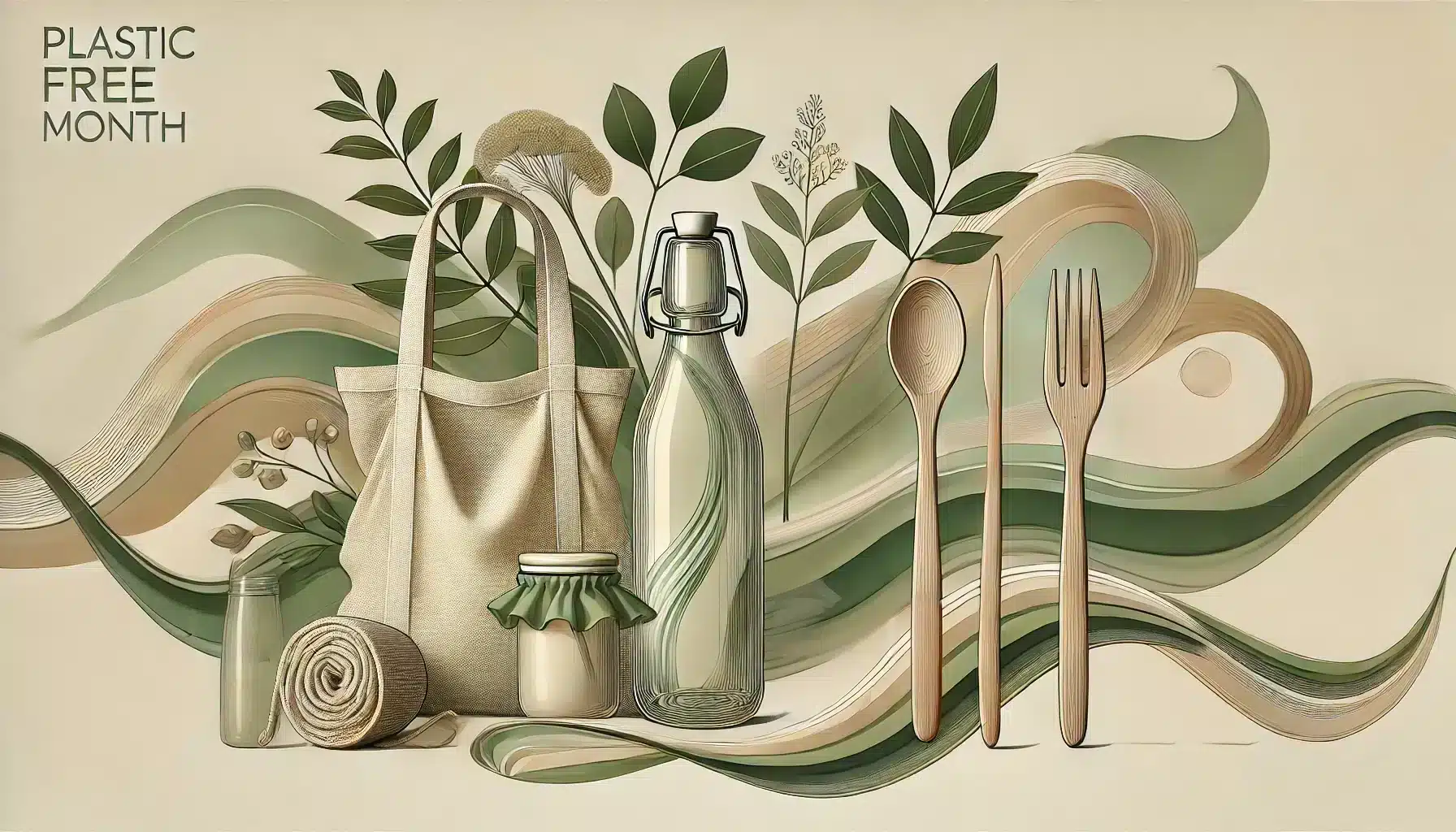What is Plastic Free Month (Netherlands)?
Plastic Free Month, known in Dutch as Mei Plasticvrij, is an annual campaign held in May to raise awareness about plastic waste and encourage individuals, businesses, and organizations in the Netherlands to reduce their reliance on single-use plastics. The initiative promotes sustainable alternatives and fosters a collective effort toward minimizing plastic pollution, supporting the transition to a circular economy.
History and Origin
Mei Plasticvrij started as a Belgian citizen-led initiative and quickly spread to the Netherlands. The movement challenges people to avoid using plastic throughout May, making them more conscious of their plastic consumption and the impact of their choices. It aligns with the broader European efforts to reduce plastic waste and encourages both personal and systemic changes to combat plastic pollution.
Who Participates in Plastic Free Month?
- Individuals: People who commit to reducing their plastic footprint by choosing reusable products and avoiding single-use plastics.
- Businesses: Companies that implement plastic-free initiatives, such as eliminating plastic packaging or offering eco-friendly alternatives.
- Educational Institutions: Schools and universities that educate students about plastic pollution and encourage sustainable habits.
- Non-Profit Organizations: Environmental groups that organize clean-up drives, workshops, and advocacy campaigns.
- Government Agencies: Municipalities that support plastic-free initiatives and promote waste reduction policies.
Slogans and Themes
Mei Plasticvrij emphasizes sustainability, environmental responsibility, and community action. Popular slogans include “Together Towards a Plastic-Free Future,” “Choose Reusable, Ditch Disposable,” and “Small Changes, Big Impact.” The campaign encourages individuals to take small but meaningful steps toward reducing plastic consumption and inspires businesses and policymakers to implement long-term solutions for plastic waste.
Colors, Symbols, and Patterns
Colors
- Green: Symbolizes sustainability and environmental health.
- Blue: Represents clean oceans and waterways free from plastic pollution.
- White: Denotes purity and the goal of a clean, plastic-free environment.
Symbols
- Recycling Arrows: Representing the importance of waste reduction and circular economy principles.
- Reusable Bags and Bottles: Highlighting alternatives to single-use plastics.
- Plastic-Free Badge: A symbol of commitment to reducing plastic waste.
Patterns
- Ripple Effects: Symbolizing how small actions lead to widespread positive change.
- Waves and Water Drops: Representing the goal of protecting oceans and waterways from plastic pollution.
- Leaf and Earth Motifs: Reflecting sustainability and nature conservation.
How to Celebrate Plastic Free Month
- Reduce Plastic Use: Avoid single-use plastics by using reusable bags, bottles, and containers.
- Support Plastic-Free Businesses: Choose shops, restaurants, and brands that prioritize sustainable packaging.
- Organize or Join a Clean-Up Event: Participate in community clean-ups at beaches, parks, and neighborhoods.
- Educate and Advocate: Spread awareness about plastic pollution through social media, events, or educational initiatives.
- Challenge Yourself: Try a zero-waste lifestyle for a week or a month, tracking progress and sharing experiences.
Most Used Hashtags
- #MeiPlasticvrij
- #PlasticFreeMonth
- #BeatPlasticPollution
- #ChooseReusable
- #SustainableLiving
Why is Plastic Free Month Important?
Plastic Free Month highlights the urgent need to reduce plastic waste and adopt more sustainable habits. The campaign raises awareness about the environmental impact of single-use plastics, from pollution in oceans and rivers to harm caused to wildlife. By participating, individuals and businesses contribute to a cleaner planet, inspiring long-term changes that support a plastic-free future.
The initiative also encourages policy changes and corporate responsibility, pushing for innovative solutions to plastic waste. It empowers communities to take action and fosters a growing movement toward sustainability, making it clear that small changes can lead to a big impact.
Features
Contact Info
May: Plastic Free Month (Netherlands)
Why do you keep falling for the same type?
Read the article Lovemaps: the hidden blueprint of our love.

